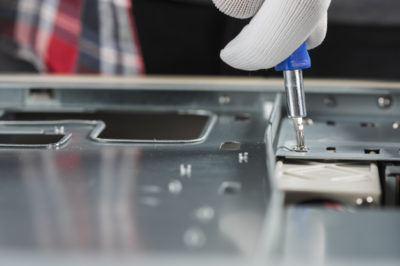What is driving this trend towards servitization? When a critical change or megatrend happens, there is generally not just a single reason. Different forces push a culture, society, or economy inflexibly in a single path.
Why servitization?
Aftermarket services also may make the customer needier, as they push off needed value-added services like maintenance, support, operation, and asset lifecycle management onto the supplier. This may shield the trader from competitors. It also enables a vendor to access significant insights on how their client is using their products, which can, along these lines, drive a consultative selling process.
Consumer culture also plays a role, as transportation and entertainment media become logically servitized. We have gotten to know that buying not a tangible product, yet the defined outcome that the article would have delivered to us.
Nevertheless, enabling technologies are also making servitization progressively feasible. The internet of things (IoT) is enabling companies to sensor products they sell and use the resulting data stream to automate everything from re-order to dispatch of a service professional.
Current progress towards advanced services
Among the respondents of the IFS study, the larger part had an aftermarket revenue stream, whether or not that revenue streamed strictly from aftermarket parts sales. The smallest part was the people who had servitized absolutely—essentially disposing of product revenues and charging for a product by duty cycle, usage, or some other metrics.
• 38% of respondents sold only products, with no aftermarket or other service revenues.
• 19% sold products and some aftermarket service parts.
• 15% sold products along with aftermarket field service including global break fix services.
• 16% sold planned maintenance contracts with service level agreements (SLAs).
• Only 4% of respondents declared full servitization—offering advanced services instead of a discrete item through power-by-the-hour, fee-for-usage, or revenue sharing agreements. Companies working in this totally- servitized business model include:
– 22% of clinical device makers
– 5% of metal fabrication companies
– 5% of companies in the oil and gas industry
The best approach to long-term success is selling light, not bulbs
The manufacturing will end up being less about the product itself and more about the result the product and the business can offer to the end-user. Purchasers and companies still need traditional products and utilities, yet the difference – the ‘issue’ – is expectations. Smart buyers need smooth customer experience and brief, consistent help support.
Industries think about these moving tides, yet inadequate is being done to enable them to ride the troublesome wave, boost business, deliver more – and deliver better – for customers. In 2018, IFS drove a review of more than 200 executives and found that 38 percent of respondents’ companies sold only products, with no aftermarket or other service revenues. Only 4 percent uncovered full-servitization.
The transition to servitization won’t occur immediately, in large part since manufacturers need to execute internal software, systems, and processes. This requires long-term vision and a strong relationship with your enterprise software vendor.
A Necessity for Ongoing Support
Businesses are reopening, when a remote workstation is operational, there is a necessity for ongoing support, including break/fix services and emergency dispatch. As companies continue serving their customers globally and internationally, this can trouble their respective IT teams that already have important demands supporting their current (and often growing) office portfolio.



